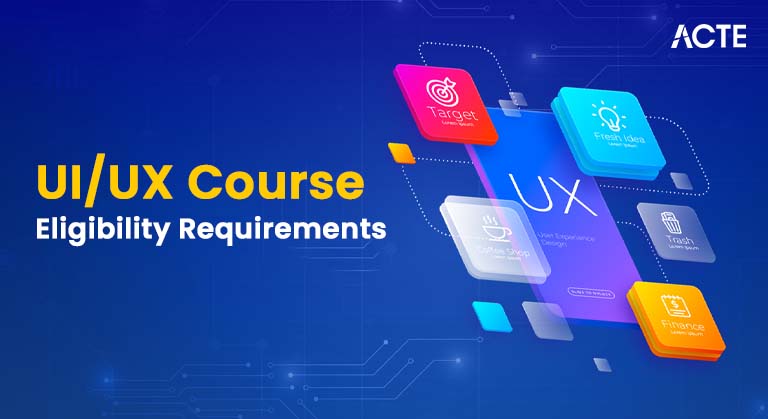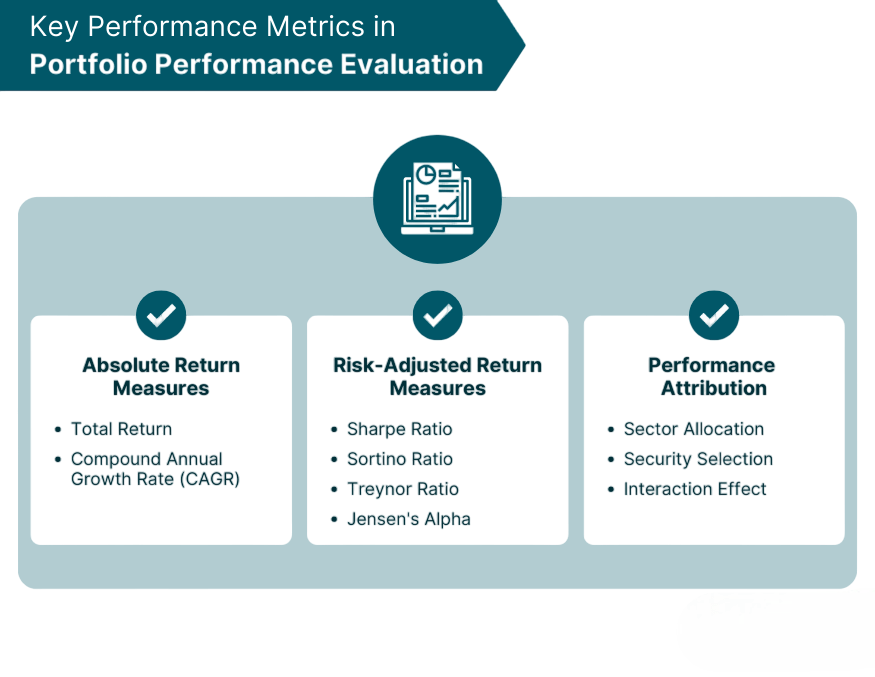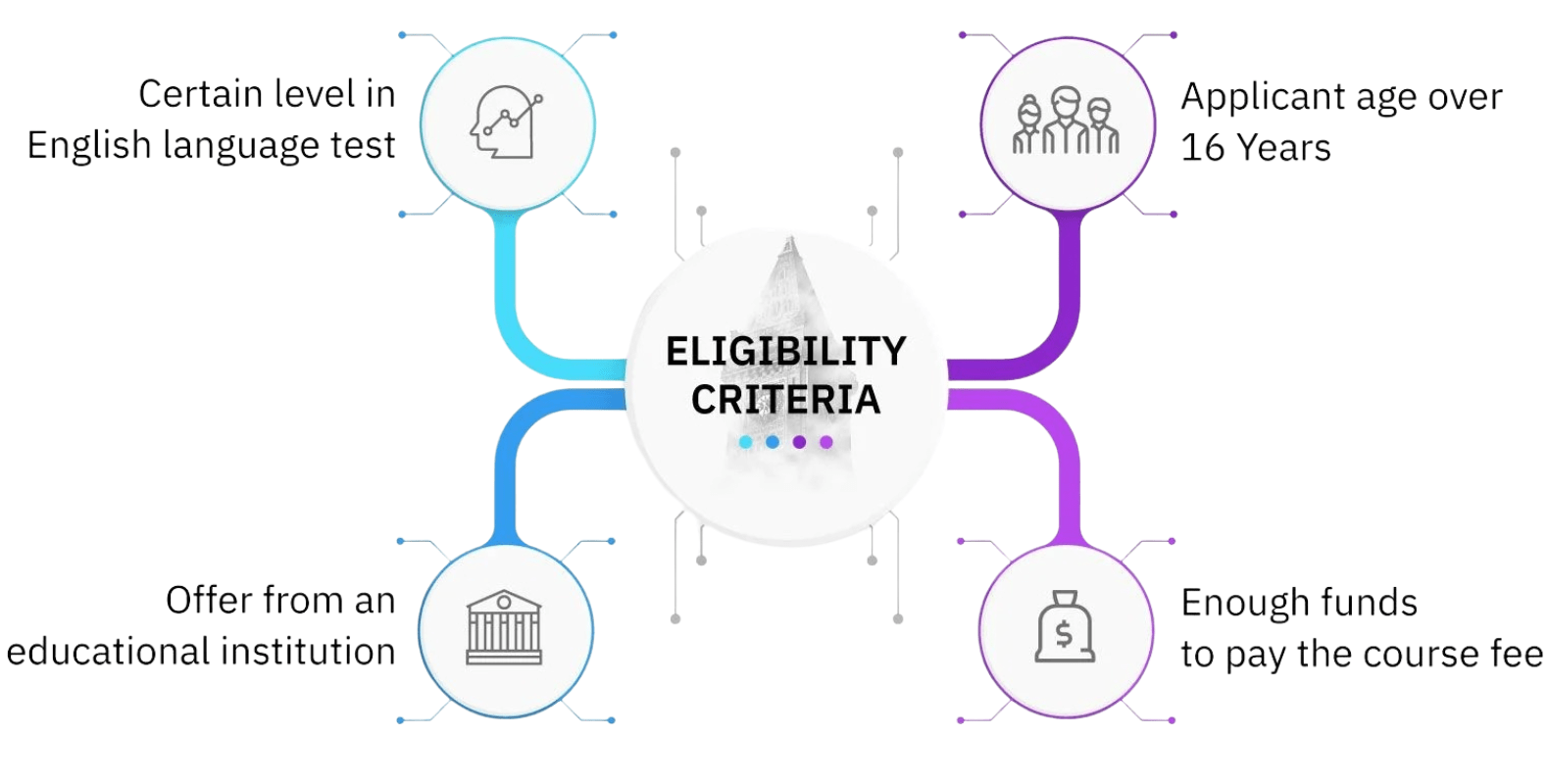
- Educational Background Requirements
- Technical and Creative Skills
- Portfolio Submission Criteria
- Online vs Offline Course Access
- Diploma vs Degree Eligibility
- Entrance Exam Requirements
- Admission Process and Timeline
- Financial Aid Availability
- Recommendations and Prerequisites
- International Student Criteria
- Conclusion
Educational Background Requirements
UI/UX Course pathways offer great flexibility. They cater to diverse learner backgrounds and career goals. There are foundational certificate courses for high school graduates, as well as comprehensive postgraduate programs. The field invites individuals from various academic backgrounds. Certificate and foundation courses are a good starting point for beginners and professionals looking to improve their skills making UI/UX Training an accessible and strategic entry point into the world of user-centered design, regardless of prior experience. Typically, these courses require only basic high school education. Diploma programs broaden opportunities and generally accept candidates from arts, science, and commerce. Some schools prefer students with design or technology backgrounds. Undergraduate UI/UX Course require students to have completed 12th grade and to have qualifying entrance exam scores. Postgraduate programs require a bachelor’s degree, ideally in design, engineering, psychology, or computer applications. These structured educational paths help aspiring UI/UX designers navigate their learning journey. This approach makes the field more accessible and inclusive for talent from different educational backgrounds.
Ready to Get Certified in UI/UX Design? Explore the Program Now UI/UX Design Online Training Offered By ACTE Right Now!
Technical and Creative Skills
In the fast-changing world of UI/UX design, success goes beyond traditional academic Creative Skills training. It requires a mix of technical skill and creative talent. Designers must be skilled with industry-standard tools like Adobe XD, Figma, Sketch, and Photoshop. They also need a basic understanding of web technologies such as HTML, CSS, and JavaScript. Beyond technical abilities, great UI/UX professionals develop a Creative Skills design sense. This includes a solid grasp of color theory, typography, and layout principles. Soft skills are equally important. Designers should show empathy for users, solve problems creatively, and communicate effectively. Many schools recognize this wide range of skills by incorporating tests that assess candidates’ logical thinking, visualization skills, and storytelling abilities. This well-rounded approach helps new designers create not only visually impressive interfaces but also user-friendly digital experiences that blend technical know-how with creative ideas.
Portfolio Submission Criteria
A strong Portfolio Submission is often the most critical component for admission into intermediate or advanced UI/UX programs:
Portfolio Elements:
- Wireframes, mockups, and prototypes.
- Design case studies highlighting user research, ideation, iteration, and final solutions.
- Personal or freelance projects.
- Sketches and illustrations (for candidates from non-digital backgrounds).

Evaluation Focus:
- Process over perfection: Institutions value a candidate’s design thinking process more than polished visuals.
- Clarity of thought, storytelling, and usability.
- Creativity, consistency, and presentation skills.
- Usually open to all learners.
- No stringent educational or portfolio requirements.
- Flexible and self-paced; ideal for working professionals.
- May require proof of educational qualifications.
- Often include entrance tests, interviews, and in-person evaluations.
- Provide hands-on studio sessions, mentorship, and physical resources.
- Application Form: Submit online/offline form with personal and academic details.
- Entrance Exam: If required by the institution.
- Portfolio Submission: Mandatory for mid to advanced programs.
- Interview/Statement of Purpose: Personal interview or written SOP.
- Offer Letter and Fee Payment: Upon successful selection.
- Degree Programs: October to March (Application); May to July (Admission).
- Diploma/Certification: Rolling admissions, multiple intakes.
- Merit-based (high academic or portfolio performance).
- Need-based (family income or financial hardship).
- Skill development grants (e.g., NSDC, PMKVY in India).
- Many private institutes offer 0% EMI options.
- Companies may sponsor education for employees upskilling in UI/UX.
- Required for postgraduate and diploma programs.
- From previous teachers, mentors, or employers.
- A written essay explaining the applicant’s interest, career goals, and suitability.
- Basic design tool familiarity (Photoshop, Figma).
- Understanding of user-centered design principles.
- Fundamental computer and internet usage.
- Valid passport and visa.
- Equivalent academic qualifications.
- English language test scores (TOEFL/IELTS).
- Portfolio (for design-focused programs).
- Financial documentation for visa and tuition support.
- Orientation programs.
- Cultural sensitivity training.
- Language assistance and mentorship.
To Explore UI/UX in Depth, Check Out Our Comprehensive UI/UX Online Training To Gain Insights From Our Experts!
Online vs Offline Course Access
UI/UX design courses are available in both online and offline formats. Eligibility often differs slightly:
Online Courses:
Offline Courses:
Hybrid models are also increasingly popular, combining online theory with offline workshops.
Entrance Exam Requirements
National Level Exams For aspiring designers in India, several well-known entrance exams are gateways to top design programs. These include UCEED, CEED, NID DAT, and the NIFT Entrance Exam. These competitive tests assess candidates’ design abilities through various evaluations of visual perception, creative thinking, logical reasoning, and awareness of current events making UI/UX Training a strategic complement for aspirants seeking to strengthen their foundational design skills and succeed in these rigorous evaluations. The exams feature both objective and subjective questions, and they often include extra evaluation stages such as portfolio reviews and personal interviews. Private design institutes also conduct their own entrance tests in addition to the national exams. Language skills are essential, especially for international programs, as most UI/UX design courses are taught in English. Indian institutions typically expect strong communication skills, while international programs often require standardized English tests like TOEFL or IELTS, along with specific score requirements. Non-native speakers need to show that they can effectively express complex design ideas. This ensures they can engage fully with advanced design coursework and meet professional communication standards.
Looking to UI/UX Training? Discover the UI/UX Design Expert Masters Program Training Course Available at ACTE Now!
Admission Process and Timeline
The admission process for UI/UX courses typically includes the following steps:
Admission Timeline:
Financial Aid Availability
UI/UX design programs can be expensive, especially in reputed institutions. Financial assistance options include:
Scholarships:
Government Aid:
Installment Plans and EMIs:
Corporate Sponsorship:
Preparing for UI/UX Design Job Interviews? Have a Look at Our Blog on UI/UX Design Interview Questions and Answers To Ace Your Interview!
Recommendations and Prerequisites
Letters of Recommendation:
Statement of Purpose (SOP):
Prerequisites:
Some institutions may offer a foundation module before the main course.
International Student Criteria
Eligibility for Foreign Applicants:

Additional Support:
International students must also adhere to visa rules and meet deadlines well in advance.
Conclusion
The eligibility for UI/UX Course is broad, inclusive, and varies by program type. Whether you’re a high school graduate exploring a creative career, a working professional seeking to switch domains, or an international student with a passion for user-centered design, there is a suitable path for you. Understanding the educational qualifications, skill prerequisites, entrance processes, and financial aid options ensures you make an informed decision making UI/UX Training a strategic step for learners seeking clarity, confidence, and career alignment in the evolving design education landscape. UI/UX Course is not just about artistic flair but also about empathy, logic, and strategy making it a perfect blend of left and right brain disciplines. With the right preparation, anyone with passion and purpose can excel in this vibrant and future-ready field.




